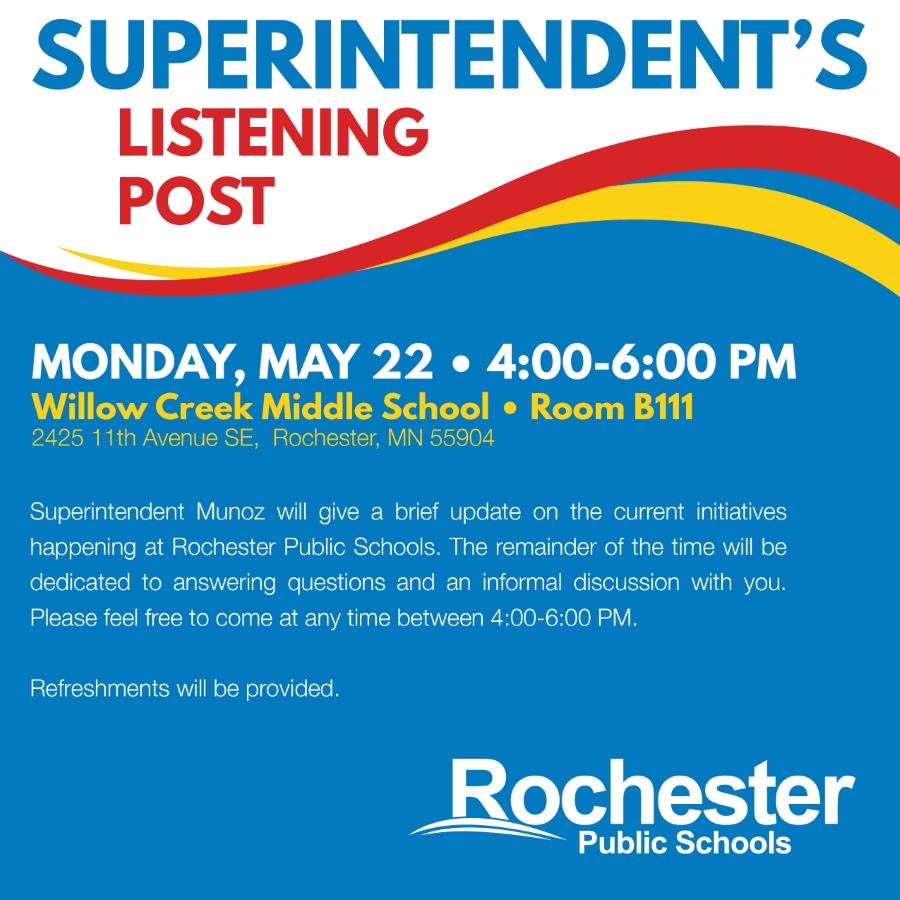Why is art so important, anyway?
An interview with Ms. Olson
October 3, 2017
Ms. Olson, one of two new art teachers at Mayo High School, didn’t always want to be an art teacher.
“When I was little,” she told me, “I honestly wanted to be a meteorologist or a volcanologist. Volcanoes are pretty awesome.” Before working at Mayo, she went to school for psychology and worked in group homes before finally deciding to follow her passion and become an art teacher, first at Bamber Valley for thirteen years, then transferring here at the start of the 2017-2018 school year.
However, after talking to her about her past in science, we got into her personal interest in the arts and arts integration. As a teenager, things are shifting, and life and relationships can be complicated, but the arts department is both a safe haven for those struggling and a place to learn critical thinking skills. I asked her about why she thought arts integration was important, and first, she discussed the emotional side of art.
“Allowing yourself to trust yourself enough to express yourself is something that I think you can definitely learn in the art room… Being able to express yourself, even in high school, you know, you’re awkward, uncomfortable; friendships can be hard. It’s crazy, but being able to allow yourself to express yourself in any way you want is incredibly important. It’s a safe place to be.”
This is the case for many high schoolers, especially those who don’t have another outlet of expression, but the arts are also an incredibly important avenue for learning and strengthening skills needed for other academic areas. She recalls a story about her daughter, who is sixteen, and her experience with integrating the arts into an English class curriculum.
“They went to the MIA [Minneapolis Institute of Art] and had the guides there walk them through art that was made during that time, and art that was about racism and the south, and they made these huge connections through that.” Talking about and analyzing art with similar themes to a text read in an English class lends a depth and understanding that cannot be attained through the text alone. It also helps students learn how to make connections, and compare and contrast different media.
“Art is just a painted sentence. It tells a story just like the written word.” Ms. Olson also talked briefly about her love of graphic novels, as they provide a fusion between literature and art. “I love graphic novels,” she said. “I think kids should make them, and I think we should read them.”
She has also worked with Winona State, which runs STEM [Science, Technology, Engineering, and Math] camps, in turning those into STEAM [Science, Technology, Engineering, Art, and Math] camps to start “teaching in an artistic way or having an artistic concept along with the scientific notion,” which is deeper than just letting kids draw. “The idea of analyzing a portrait or a picture and discovering what the artist is trying to tell you,” she elaborated, “is so much more important than me just telling you the art history of it. I think allowing students that opportunity to think on their own helps them become better thinkers.”
However, teaching art can be a challenge, especially in a setting where the skill level of students in art classes varies so widely. Overall, though, her goal remains the same: “To inspire them to love and appreciate art. They might not be the best artists, and I don’t expect that; we’re not all Da Vinci. I think it’s just doing the best you can do. I can teach you the skills to become better. It’s a skill, like you can learn to read or learn to do math, you can learn and do better, and if you want to take it beyond that it’s on you and that’s awesome.”





